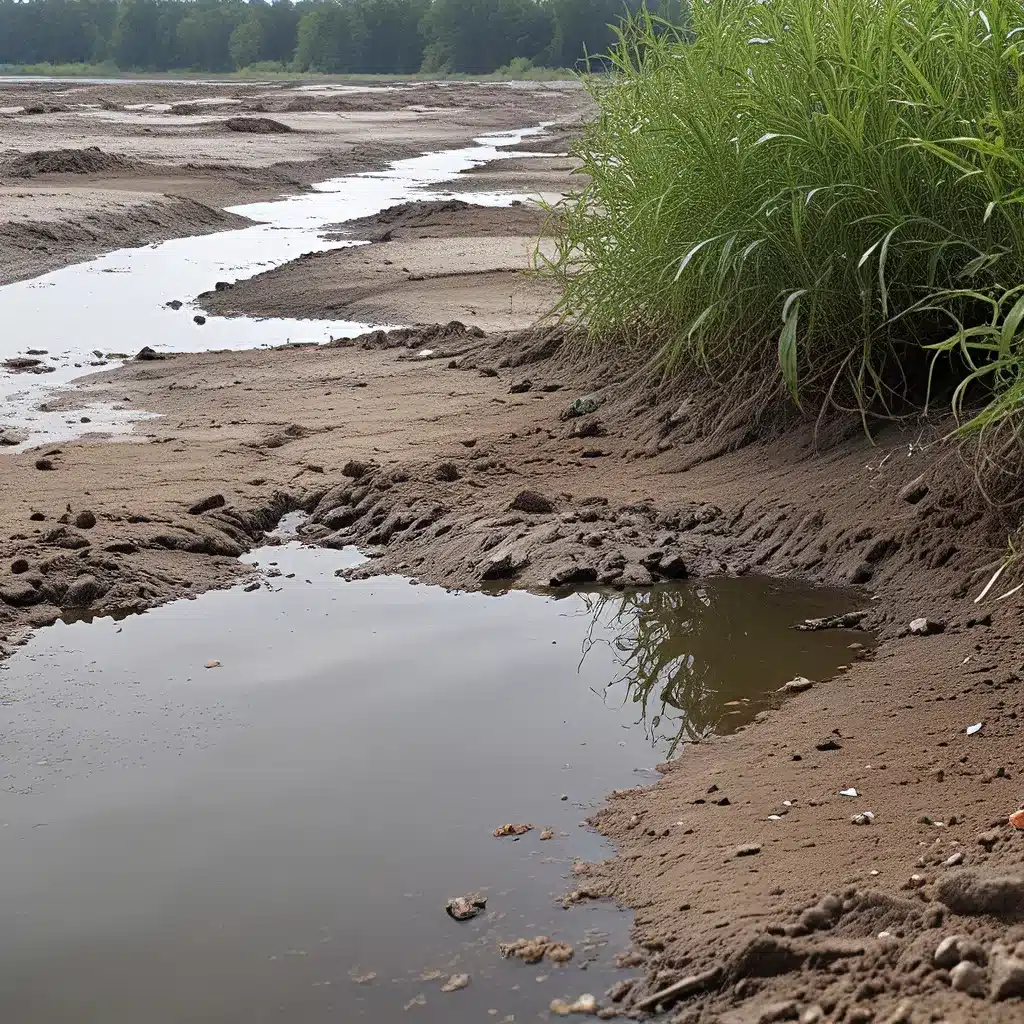
You know, one thing I’ve always found fascinating about the world of environmental remediation is just how complex and multifaceted it can be. On the surface, it might seem like a straightforward process of cleaning up contaminated sites and restoring the land to its former glory. But when you dig a little deeper, you realize that there’s a whole web of environmental, social, and economic factors at play.
As someone who’s passionate about sustainability, I’ve been really intrigued by the concept of “sustainable remediation.” It’s this idea that we can’t just focus on the environmental aspect of cleanup – we also need to consider the social and economic impacts. And let me tell you, it’s not always an easy balancing act.
Take the case of the Bellingham Bay cleanup in Washington state. This was a massive effort to revitalize a once-thriving industrial waterfront that had been left to rot. Sure, the environmental benefits were obvious – removing decades of accumulated pollution and restoring critical habitats. But the real magic happened when the project leaders started thinking beyond just the cleanup itself.
They realized that this was an opportunity to do so much more than just fix the land – they could actually improve the lives of the people living in the surrounding communities. So they brought in local nonprofits, environmental groups, and government agencies to create a holistic plan that would address the social and economic needs of the area.
The result? A true renaissance. Not only did they clean up the bay, but they also built new infrastructure, created community spaces, and even brought in job training programs to help residents get back on their feet. It was a win-win-win situation – for the environment, for the local economy, and for the people who call Bellingham home.
And that’s the kind of approach I really admire when it comes to sustainable remediation. It’s not just about checking boxes and getting the job done – it’s about taking a step back, understanding the bigger picture, and figuring out how we can create the most positive impact possible.
Of course, it’s not always that straightforward. I mean, just think about the challenges that come with trying to balance all those different priorities. How do you make sure that the cleanup process doesn’t inadvertently displace or harm the very communities you’re trying to help? How do you quantify the economic benefits of something like improved public health or increased property values? It’s a real head-scratcher, let me tell you.
But that’s where the real magic happens, in my opinion. When you bring together a diverse group of stakeholders – community members, regulators, industry experts, and everyone in between – and get them to think creatively about solutions, that’s when the real breakthroughs happen.
Take the Inland Waters team, for example. They’ve been at the forefront of this sustainable remediation movement, and they’re not afraid to get their hands dirty (pardon the pun) when it comes to tackling these complex challenges. They know that it’s not just about the technical aspects of cleanup – it’s about building trust, fostering collaboration, and finding innovative ways to create value for everyone involved.
And that’s the kind of approach I really think we need more of in this industry. Because at the end of the day, sustainable remediation isn’t just about cleaning up the environment – it’s about building stronger, more resilient communities. It’s about creating a future that works for everyone, not just a select few.
So if you ask me, the key to advancing sustainable remediation practices is all about finding that sweet spot – that perfect balance between environmental, social, and economic considerations. It’s not easy, but when you get it right, the results can be truly transformative. And who knows, maybe one day we’ll look back on places like Bellingham Bay and think, “Wow, that’s what’s possible when we all come together and think outside the box.”


